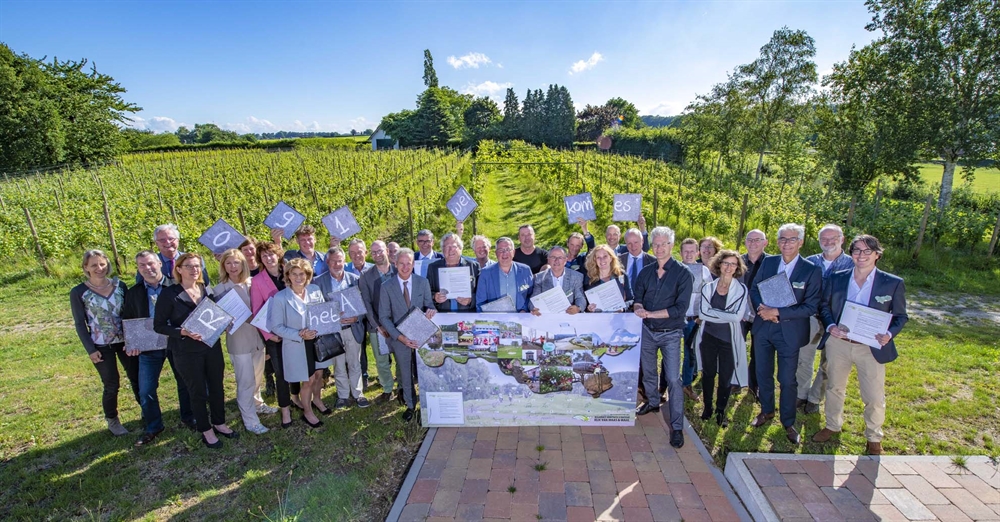Rijk van Maas & Waal Regional Adaptation Strategy
The Rijk van Nijmegen and Land van Maas & Waal region is one of the first in the Netherlands to draw up a Regional Adaptation Strategy (RAS). This strategy is aimed at ensuring that the region will be climate-proof by 2035, and certainly no later than by 2050!

In 2017, the seven municipalities in the Rijk van Nijmegen and Land van Maas & Waal region decided, in concert with the Rivierenland district water board and the province of Gelderland, to draw up a Regional Adaptation Strategy (RAS). This decision was prompted by the collective stress test conducted in 2016/2017, which mapped out the region’s main vulnerabilities to climate change along with opportunities for resolving them. The RAS outlines how the government and other parties involved can make sure that the region is adapting to the changing climate, properly and in good time. Subsequently, various efforts were initiated in collaboration with regional stakeholders.
Topics
The RAS has been elaborated on the basis of the topics that are relevant to the region:
- Green-blue city, green-blue villages;
- Ready for the heat;
- Future-proof rural areas;
- Campaign to combat dehydration of lateral moraines;
- Safety of vital and vulnerable functions;
- Co-creation of a climate-proof Rijk van Maas & Waal.
In the RAS, the above topics have been further elaborated into sub-strategies featuring short-term and long-term objectives (2023 and 2035, respectively). On the basis of these sub-strategies, the governments will set to work, focusing on planning and implementation. Their first task will be to draw up a regional implementation programme.
Strategy lines
The document sets out ten strategy lines to climate-proof the region:
- We will raise awareness among residents, businesses, and colleagues, in order to ensure that the responsibility is widely shared.
- We will already tackle the low-hanging fruit tomorrow, so that we will gain a clear picture of what is feasible, whilst encouraging increasingly more people to embrace climate adaptation.
- Wherever possible, we will adopt a bottom-up approach, in which the governments assume control where such is needed.
- We will embed climate adaptation by accommodating it in projects, policy, and environmental visions.
- We will capitalise on the knowledge, expertise, examples, and experience already available.
- We are going to set up climate-proof models in the region, thus making it easier for people to follow the lead: practice what you preach!
- We will make it fun and attractive to collaborate on climate-proofing efforts.
- We are prepared to experiment and to innovate, and we are also starting on the high-hanging fruit tomorrow.
- We will create work with work by joining up with other developments, such as the energy transition, forest and nature visions, road reconstructions, and the housing tasking, in order to prevent us from duplicating other efforts.
- We will foster education and additional research, involving educational establishments and research institutes in our efforts: on the one hand, to kindle enthusiasm among young people, and on the other, to resolve research issues and ensure the monitoring of our efforts.
Lesson to be learned
Even though, in principle, a Regional Adaptation Strategy takes a general approach and is prone to a high level of abstraction, try and aim for as concrete an elaboration as possible. This will be more efficient in garnering commitment.
Contact person
Arthur Hofstad, Marjolein Reijnierse (waterschap Rivierenland)
Hofstad Advies & Organisatie
arthur@hofstadadvies.nl of m.reijnierse@wsrl.nl
06 57948876 (Arthur) of 0344649219 (Marjolein)
